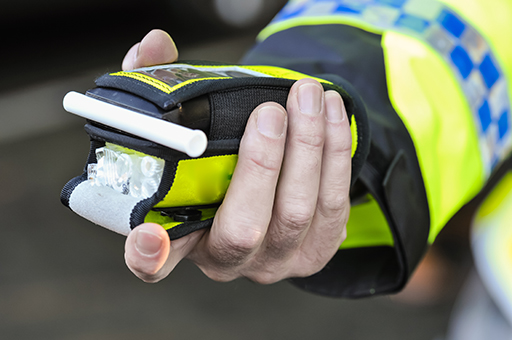1.1 Types of innovation
As is evident, innovation is a highly diverse concept and can be applied in many different ways. There are consequently many different forms or aspects of innovation. The following table summarises the most common forms of innovation as they relate to public services, including policing.
| Type of innovation | Relates to... |
|---|---|
| Process innovations |
|
| Product or service innovations |
|
| Governance innovations |
|
| Conceptual innovations |
|

The imperative for innovation in a policing context has been broadly recognised and is highlighted in the National Police Chief Council’s Policing Vision 2025 policy document. One author makes the point, however, that understanding and defining innovation in policing can at times be less than straight-forward:
Generally, prior studies of police innovation have used the requirement that an innovation must be new to the field of policing, or ‘state-of-the-art’. Unfortunately, these same studies have not always been clear how ‘state-of the-art’ for policing was ascertained.
